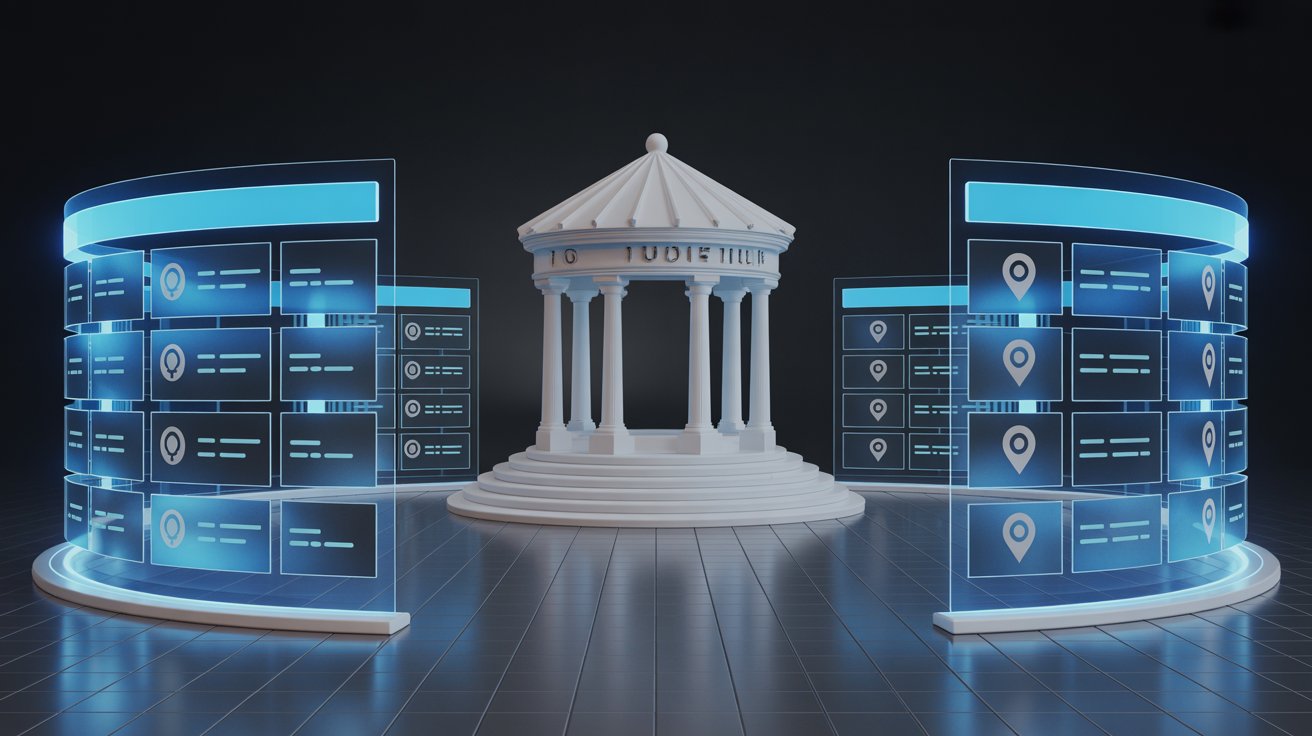
July 29, 2025
Trustless Platforms: Can We Build Communities Without Central Moderators?
The Rise of Trustless Systems
The internet is entering a new phase — one where centralized control may no longer be a given. With the emergence of blockchain-based platforms, decentralized autonomous organizations (DAOs), and Web3 technologies, the longstanding model of corporate moderation is being challenged by the idea of trustless governance — a system where decisions are distributed, transparent, and not dictated by a central authority.
But does this idealistic vision hold up in reality? Can communities thrive, remain safe, and grow sustainably when moderation is left to code or consensus instead of curated teams?
What Trustless Means (and Doesn’t Mean)
In the Web3 context, “trustless” doesn’t mean untrustworthy — it means that users don't have to trust a middleman. Instead, platforms operate transparently via smart contracts, pre-coded rules, and on-chain governance mechanisms.
Key tenets of trustless platforms:
- No single point of control
- Decentralized decision-making
- Immutable records of moderation and votes
- Transparent algorithms and actions
But trustless doesn’t mean lawless. Systems still require structure — and those structures come with both benefits and serious tradeoffs.
Why Central Moderation Is Failing
Traditional platforms have long relied on a mix of human moderators and AI filters to enforce guidelines. While this has scaled relatively well, it’s also introduced:
- Opaque decision-making: Users rarely know why content is removed or accounts are banned.
- Bias and inconsistency: Algorithms and moderators often reflect hidden biases.
- Corporate overreach: Rules may prioritize brand safety or monetization over community needs.
These frustrations have driven developers and users alike to explore alternatives.
The DAO Model: Democracy or Chaos?
Decentralized Autonomous Organizations (DAOs) are often touted as a solution. They operate through community voting, where token holders make decisions about content rules, enforcement actions, and even platform upgrades.
Benefits:
- Community-led policies
- On-chain transparency
- Resilience against censorship
Risks:
- Low voter turnout
- Vote manipulation (by large holders)
- Lack of expertise in moderation ethics
In a DAO, every member has a voice — but not all voices have the same weight. Without safeguards, majority rule can become mob rule.
Crowd Moderation: Wisdom of the Crowd or Mob Mentality?
Some platforms experiment with fully crowdsourced moderation. Users can upvote, flag, or even veto content decisions in real time.
Upsides:
- Scales efficiently with user base
- Reflects cultural nuance and context
- Feels participatory and democratic
Downsides:
- Coordinated abuse (brigading, astroturfing)
- Echo chambers and confirmation bias
- Inconsistent enforcement
Crowd moderation works best in niche, aligned communities — but may falter at internet scale.
The Hybrid Path: Smart Contracts + Social Signals
A growing solution is the hybrid model: trustless infrastructure combined with social trust signals. Platforms use:
- Reputation scores
- Staked moderation (users risk assets to make decisions)
- Time-weighted voting or quadratic voting
- Algorithmic audits with human review backups
This model aims to balance scalability with accountability — offering transparency without throwing out the wisdom of experienced moderators entirely.
Case Studies (Anonymized)
Several decentralized communities have implemented these models:
- A forum where moderation rights are earned through contributions
- A content platform where every moderation action is voted on by staked users
- A review system with NFT-verified identity and time-locked voting
These models show promise — but they also face hurdles with user onboarding, governance fatigue, and complex tooling.
Consent, Safety, and Minority Rights
The most overlooked issue in trustless moderation is protecting the vulnerable. Traditional moderation systems — for all their flaws — often include safeguards for harassment, hate speech, or exploitation.
Decentralized systems must encode these protections into the rules themselves. Otherwise, majority-rule systems may ignore or silence minority voices. Ethical governance requires:
- Hard-coded protections
- Escalation paths for abuse reports
- Deliberative processes before changes
Is a Trustless Future Possible?
Yes — but not without tradeoffs. Trustless platforms represent a powerful step forward for autonomy, transparency, and user empowerment. However, building them ethically requires deep thinking about consent, safety, bias, and power dynamics.
The dream of a self-governing digital commons is achievable — but only if we design with empathy, fail-safes, and collective responsibility.
Final Thoughts: Beyond Moderation, Toward Co-Governance
Trustless doesn’t mean disengaged. It means building systems where trust is earned — not demanded.
To move forward:
- Prioritize transparency in rules and decisions
- Distribute power across diverse stakeholders
- Protect rights, especially for vulnerable communities
Web3 isn’t just about decentralization. It’s about reclaiming governance. The future of community moderation isn’t algorithmic control or mob consensus — it’s thoughtful co-governance by those who care enough to build it.
Call to Action: Want to explore trust-first review systems and decentralized moderation in action? Join the Wyrloop community — where transparency and integrity shape every interaction.